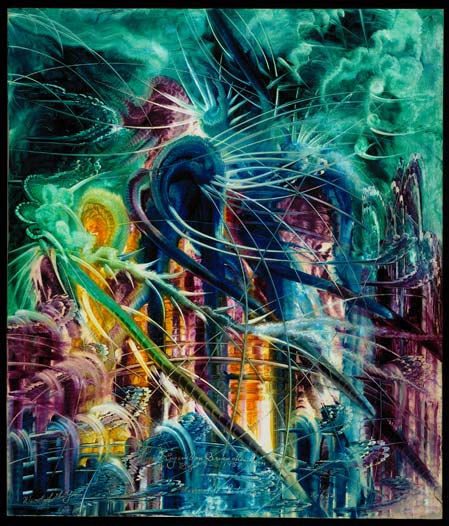 When I was growing up, public radio was a lifeline to a world beyond the confines of my little town. When the NPR correspondents were in NYC or California, I was there, too, not stuck in my room worrying about cruel high school hallways. It helped diminish my adolescent loneliness.
When I was growing up, public radio was a lifeline to a world beyond the confines of my little town. When the NPR correspondents were in NYC or California, I was there, too, not stuck in my room worrying about cruel high school hallways. It helped diminish my adolescent loneliness.So it pains me to admit that I've hardly listened to NPR for the last six months. That's because we bought a new car and got a gratis subscription to XM (which we extended for three months). It wasn't only free XM that hastened my temporary departure from NPR. My local NPR stations in D.C. are mostly either talk (i.e., politics) or classical music during the week.
But I crave narrative, not just people talking about the present moment or the current political scene.
And I got that on XM (ironically, of course, on their public radio stations, particularly PRX). Each drive offered me a delicious torrent of voices describing lives full of beauty and confusion and fear and joy, with stories so compelling I often wished for heavy traffic to delay my arrival. I especially enjoyed being surprised by shows I wouldn't have known to seek out otherwise—like Nate DiMeo's Radio Palace (particularly his The Brothers Booth).
Now, alas, my trial is up. Being the frugal person I am, I can't justify spending $160/year for radio when we have four public radio stations in the area. But the real reason I let the subscription expire is...Radio Disney. When my tween-aged daughter was in the car, that's all she wanted to listen to—an experience I have described as "purgatory on wheels."




